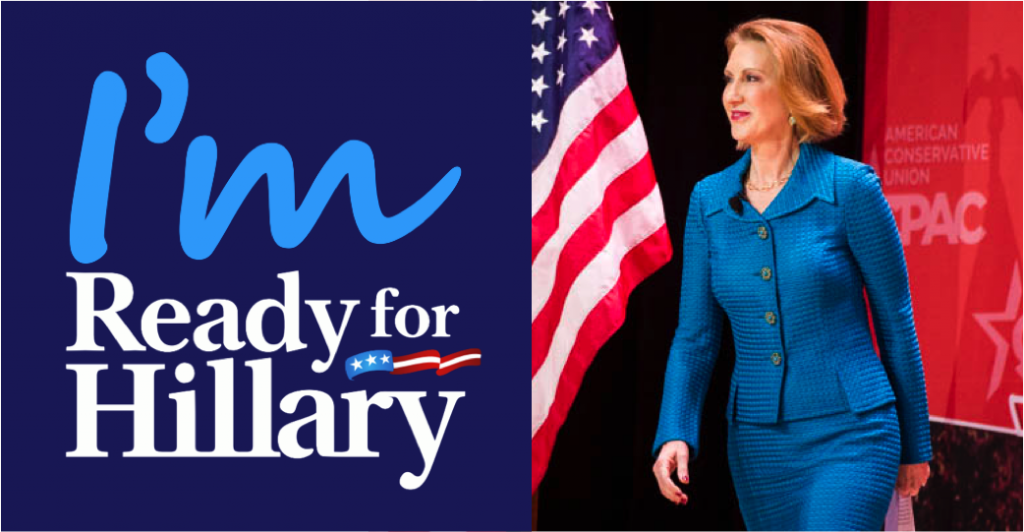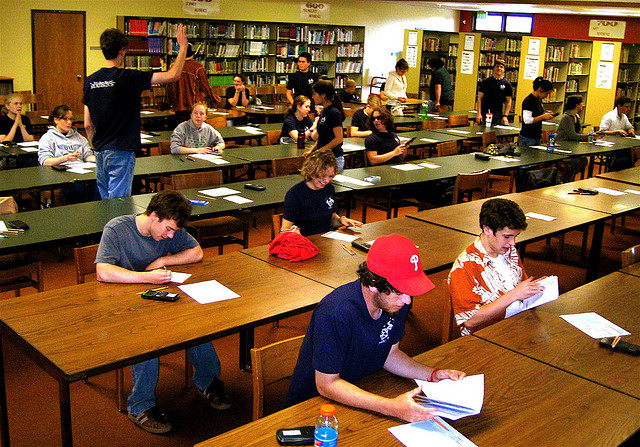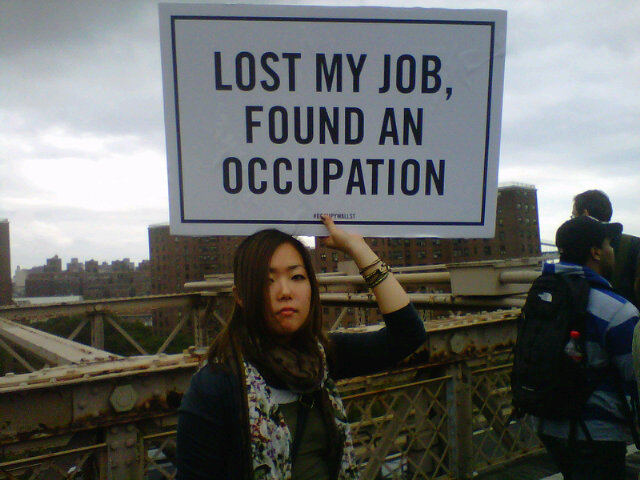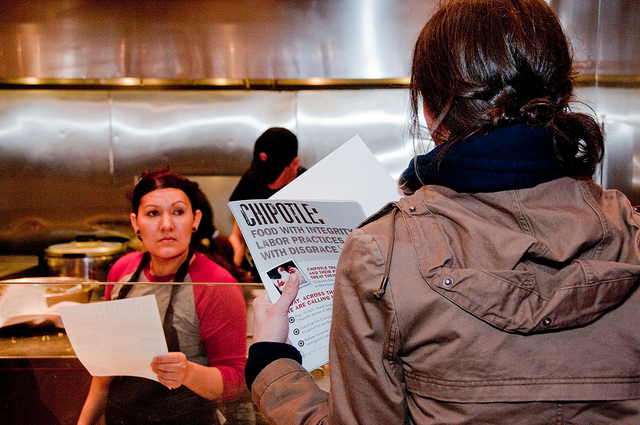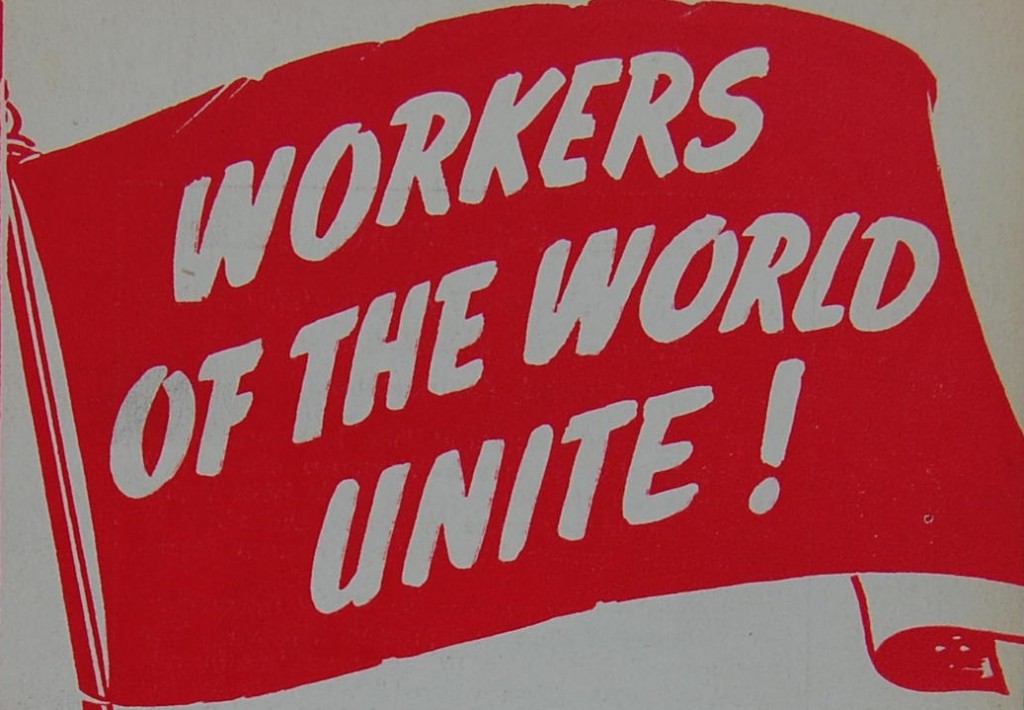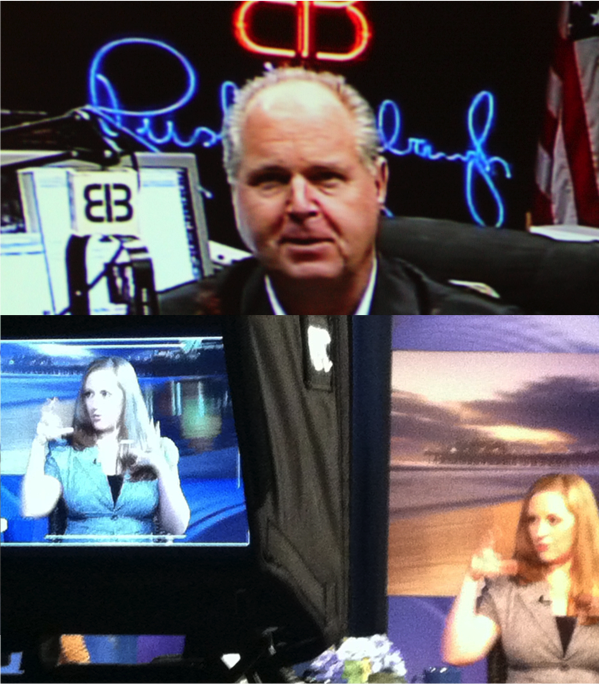Most of the buzz around Hillary Clinton and Carly Fiorina’s candidacies are about getting into the White House as the first woman president, but what will life be like if one actually makes it?
Just winning the election won’t make politics more female friendly. Studies show that when women enter male-dominated fields, they find it difficult to work in an arena designed by men for men. For example, some jobs involve networking in masculine spaces like bars and golf courses that traditional and symbolically exclude women. When they hit the glass ceiling or find themselves undervalued, many women attribute limited opportunities or personal difficulties at work to problems with individual sexists or difficult personalities rather than a gendered workplace structure. However, restructuring the work environment to center more on teamwork than individual success may help women by giving them more contact with others at work, thus weakening gender stereotypes, providing more networking opportunities, and leading to more promotions.
- Erin I. Demaiter and Tracy L. Adams. 2009. “I really didn’t have any problems with the male-female thing until…”: Successful Women’s Experiences in IT Organizations.” The Canadian Journal of Sociology 34(1): 31-54.
- Alexandra Kalev. 2009. “Cracking the Glass Cage? Restructuring and Ascriptive Inequality at Work.” American Journal of Sociology 114(6): 1591-1643.

